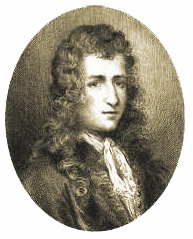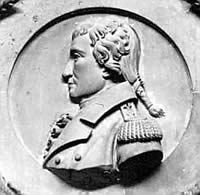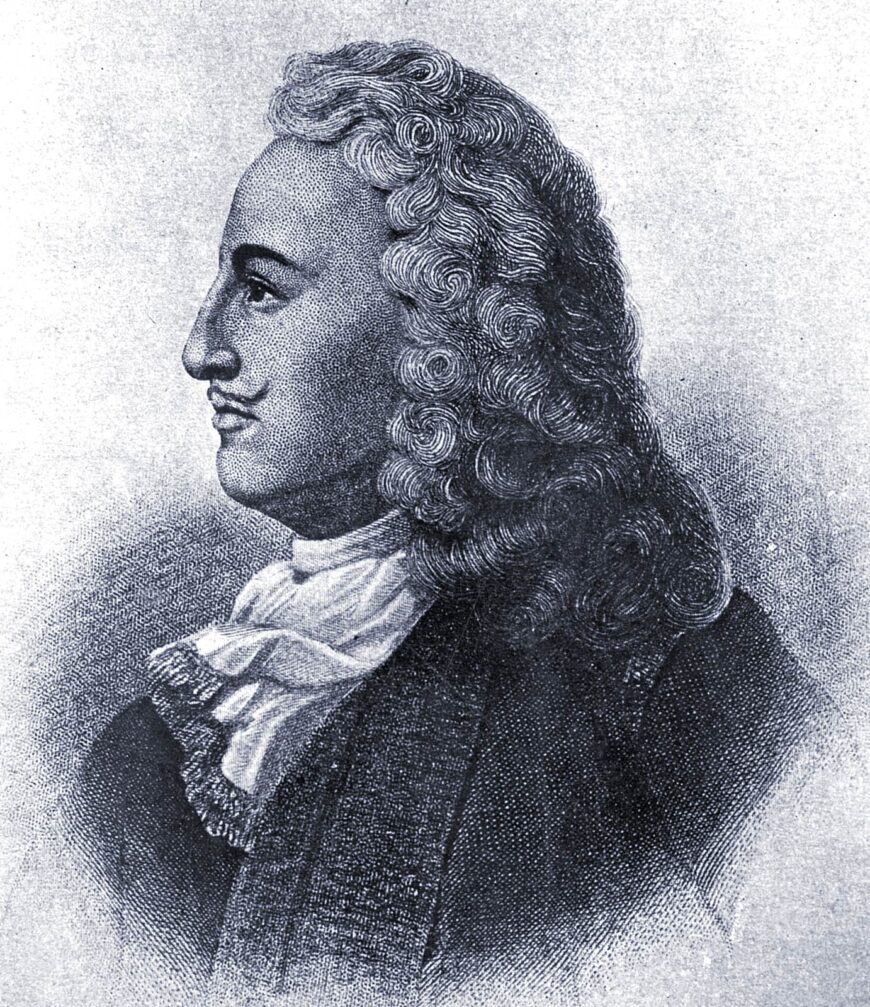
If René Robert Cavelier, Sieur de La Salle were alive today, not only would he be about 360 years old, he would have us all believe that in 1669 he was the first person of European descent to visit the future site of Louisville.
While some historians agree with this claim, others aren’t so sure. A competing explorer of the day, Louis Joliet, believed that La Salle had been the earliest explorer of the Ohio River. However, even today there remains some uncertainty as to whether or not this is true.
Some historians believe that as early as 1170, five hundred years before La Salle’s claim, Prince Madoc of Wales and an entourage with as many as ten ships were the first Europeans to visit America, and subsequently the future site of Louisville. Prince Madoc’s expedition predated that of Christopher Columbus by over 300 years.
The Welsh were possibly the builders of a number of stone forts along the rivers between Mobile Bay, Alabama, and the Louisville area. Neither Native Americans nor prehistoric cultures built stone structures of this kind. One fort in southern Indiana across from Louisville was dated to this era, although it was dismantled in 1928 to make way for construction of the Big Four Railroad Bridge.
Cherokee and other native tribes told tales of Welsh people who settled these areas, and later, of light-skinned Welsh-speaking Indians. Members of the Lewis and Clark Expedition heard many of these stories 600 years later.
If Prince Madoc of Wales wasn’t the first European to visit the site that would later become Louisville, many accounts indicate that French explorer René Robert Cavelier, Sieur de La Salle, was. But if it wasn’t La Salle or Madoc, no one can say for sure who it was.
The list of things La Salle can claim legitimate credit for is impressive enough, even without that of being the first European at the Falls of the Ohio.

As his fancy name might suggest, René Robert Cavelier, Sieur de La Salle was a Frenchman. (Who else but the French would put accent marks and commas in a six-word name?) He was born November 22, 1643, in Rouen, France. He traveled to Canada, which was then called New France, at the age of 23.
After running a trading post near Montreal for a few years, he took off as an explorer toward the center of North America. He picked up the Mississippi River there and traversed it all the way down to the Gulf of Mexico.
He claimed the Mississippi Valley on behalf of the king of France, Louis the 14th (not to be confused with the much later Louis the 16th, after whom Louisville was eventually named). La Salle used his King Louis as the namesake for the land he had claimed, calling it Louisiana.
Following the era of La Salle’s expedition, the French were predominant crackers in the areas around the site of Louisville until 1763 whien the English took control as a result of the French and Indian War. Three years later, the English sent a crew to map the area, nearly a hundred years after La Salle claimed to have explored it.

